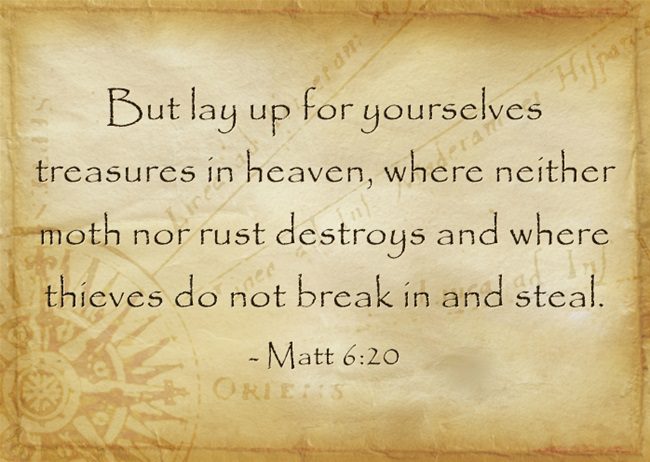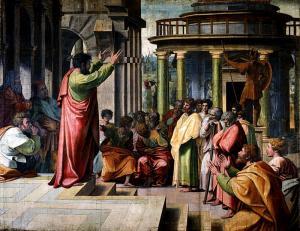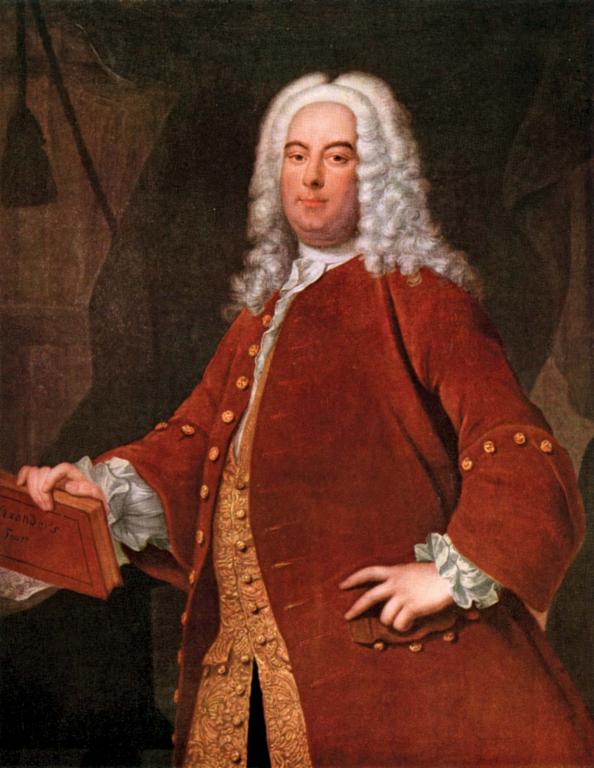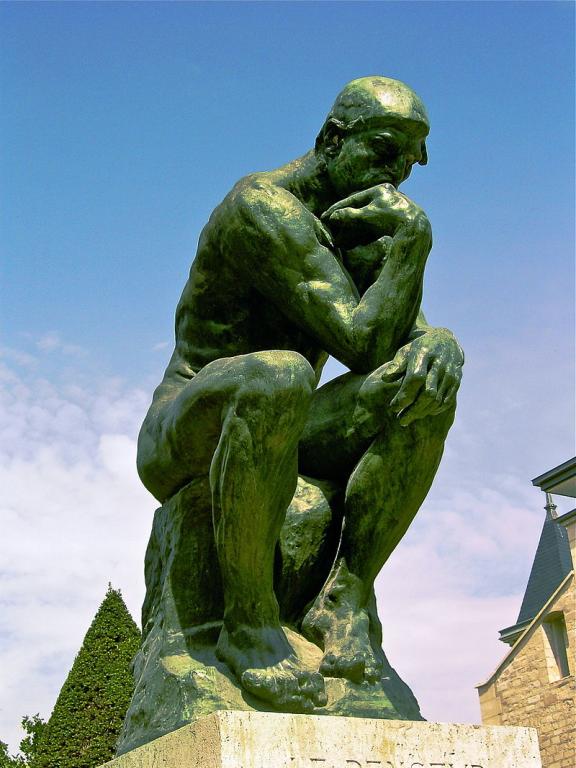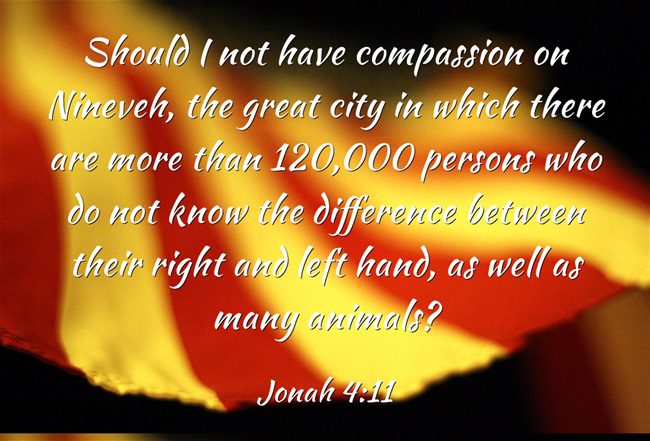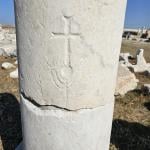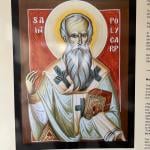Who was William Carey and why is it important for us to know who he was?
William Carey
William Carey was a British missionary who arrived in India in 1793 with precious little training about being a missionary or how to effectually witness for Jesus Christ and the gospel, yet he became known as the “father of modern missionaries.” Carey, the oldest of five children, was born to Edmund and Elizabeth Carey who were weavers by trade and made a decent living at it. During his early years, Carey met John Warr who was a Dissenter of the Church of England and convinced him to also leave the church, despite the advice from his parents to remain. In these early years, so great was his love for learning that he self-taught himself Greek so that he could understand more of the New Testament, written predominantly in the Greek. He later taught himself Hebrew, Italian, Dutch, and even French, frequently reading and studying while working on shoes. That his great passion was to learn more would serve him well later in life.
Father of Modern Missionaries
Carey didn’t have to learn Jesus’ command to “Go into all the world and proclaim the gospel to the whole creation. Whoever believes and is baptized will be saved, but whoever does not believe will be condemned” (Mark 16:15-16). He lived it out. When William Carey established the Serampore Mission, he had made history for missionary work and for India too which could now hear the gospel of Jesus Christ, with the overwhelming majority having never heard of Jesus’ name. As a result, India was literally transformed as Asian historian Hugh Tinker wrote; “And so in Serampore, on the banks of the river Hooghly, the principal elements of modern South Asia—the press, the university, social consciousness—all came to light.” [1] Knowing that India’s rich land, which had great agricultural potential, had fallen into a state of overgrowth and wild beasts. Carey petitioned the government to reform their agricultural practices but when his pleas went largely ignored (at least early on), he wrote a system for organizing and growing plants in India, for Indians, specifically for their land. He created India’s very first science textbook in the hopes that India’s residents would take it upon themselves to make the land “good” again, as God had originally declared it. He saw it as being good stewards with what we’ve been entrusted with by God.
The Mission to India
During the missionaries’ arrival, they sought support for themselves and to have a place where they could build a missionary outpost to begin planning their missionary endeavors, but the first problem they faced was that of language. First, they had to teach themselves the Bengali language so that they could communicate the gospel as best they could. I say that because some languages have no words for certain things like mercy, justice, or meekness. Jesus’ name would mean nothing to them unless they could read about His life. To the Greek, meekness and humility were disgusting traits to have and they associated them with weakness. Some languages had no words for mercy, humility or forgiveness and some words that are essential to conveying the gospel is not even found in some languages. As far as the residents of India were concerned, meekness held great value and they saw it as a sign of strength. Language difficulties aside, it was by God’s providence that one of the missionaries had a friend who owned an indigo factory in Midnapore and they needed some help there, so that’s where the missionaries went. By the way, indigo is the process of extracting certain colored dyes from plants. This process was important economically to India but more so to the British because the English had an intense interest in the blue dyes that were produced there. These blue dyes were quite rare at the time and that created great demand back home. As it would happen, India had an abundant supply at the time. This opened the door to India for the missionaries, in a sense.
Advocate for the Lowest Caste
William Carey fiercely fought for the merciful treatment of the thousands of leprous residents who lived there. He saw Jesus’ attention and healing of the lepers as “doing it to the least of these” as “doing it unto Me” (Matt 25:40). At the time he arrived in India, many of the lepers were all being gathered together and either being buried alive or burned alive. Carey was horrified by the sight of this and became obsessed with the inhumane treatment of these highly despised people. The Indians believed that after they were burned alive or buried alive, their reincarnation would bring them into a new and healthy existence.
Conclusion
In Carry’s later years, he discovered that there were over 40 different languages in India and so he decides to translate the Bible into every one of the 40 different languages on the Indian Continent. William Carey’s famous saying and a slogan that he lived by said “Expect great things from God. Attempt great things for God” and that’s just what he did. He lived that saying out in his life and writing it out with the pen of time, talents, and treasures for those treasures being stored up in heaven, “where neither moth nor rust destroys and where thieves do not break in and steal” (Matt 6:20).
Article by Jack Wellman
Jack Wellman is Pastor of the Mulvane Brethren Church in Mulvane Kansas. Jack is also the Senior Writer at What Christians Want To Know whose mission is to equip, encourage, and energize Christians and to address questions about the believer’s daily walk with God and the Bible. You can follow Jack on Google Plus or check out his book Teaching Children the Gospel available on Amazon.
1. Ruth and Vishal Mangalwadi, The Legacy of William Carey: A Model for the Transformation of a Culture (Wheaton, IL: Crossway Books, 1999), p 10.

